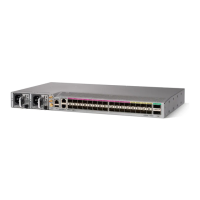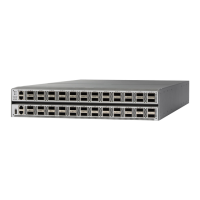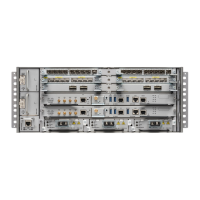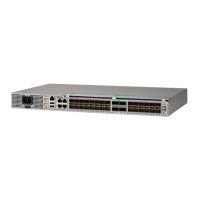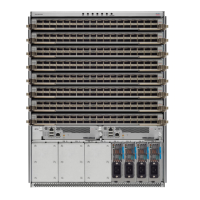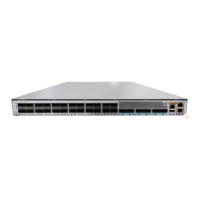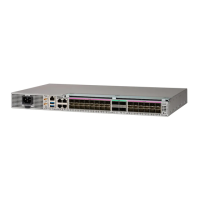in DOWN state. Once the number of active links reaches the minimum threshold then the bundle returns
to UP state.
• Another threshold is configurable on the bundle and is used by the bundle manager to determine the
minimum amount of active bandwidth to be available before the bundle goes to DOWN state. This is
configured using the bundle minimum-active bandwidth command.
• The BFD server responds to information from the bundle manager about state changes for the bundle
interface and notifies applications on that interface while also sending system messages and MIB traps.
BFD for MultiHop Paths
BFD multihop (BFD-MH) is a BFD session between two addresses that are not on the same subnet. An
example of BFD-MH is a BFD session between PE and CE loopback addresses or BFD sessions between
routers that are several hops away. The applications that support BFD multihop are external and internal BGP.
BFD multihop supports BFD on arbitrary paths, which can span multiple network hops.
The BFD Multihop feature provides sub-second forwarding failure detection for a destination more than one
hop, and up to 255 hops, away. The bfd multihop ttl-drop-threshold command can be used to drop BFD
packets coming from neighbors exceeding a certain number of hops. BFD multihop is supported on all currently
supported media-type for BFD singlehop.
Setting up BFD Multihop
A BFD multihop session is set up between a unique source-destination address pair provided by the client. A
session can be set up between two endpoints that have IP connectivity. For BFD Multihop, IPv4 addresses in
both global routing table and in a VRF is supported.
BFD IPv6 Multihop
Bidirectional Forwarding Detection (BFD) Multihop IPv6 (MHv6) feature supports BFD sessions between
interfaces that are multiple hops away. The BFD MHv6 enables a BFD session between two addresses (BFD
session between provider edge (PE) and customer edge (CE) loopback addresses or BFD session between
routers that are several time-to-live (TTL) hops away) that are not on the same interface. BFD MHv6 is
supported in a typical CE – PE configuration over loopback as well as the physical interface addresses, with
static IPv6 routes using iBGP/eBGP as the client application. BFD Multihop provides continuity check (CC)
on arbitrary paths spanning multiple network hops and provides failure notifications for Multihop protocols
like BGP, MPLS Traffic Engineering, and LDP. The Cisco IOS XR Software BFD MHv6 implementation is
in accordance with IETF RFC5883 for IPv6 networks.
BFD over 6VPE/6PE is not supported. The BFD MHv6 does not support BFD echo mode.
Note
BFD IPv6 Multihop removes the restriction of a single path IPv6 BFD session, where the BFD neighbor is
always one hop away, and the BFD Agent in the line card always receives or transmits BFD packets over a
local interface on the same line card.
The BFD switching mechanism for IPv6 Multihop link is employed when the BFD packets are transmitted
from one end point node to the other. The BFD punting mechanism is employed when BFD packets are
received at the remote end point node.
Routing Configuration Guide for Cisco NCS 6000 Series Routers, IOS XR Release 6.4.x
140
Implementing BFD
BFD for MultiHop Paths
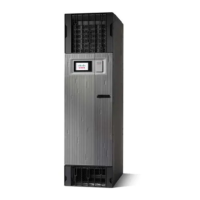
